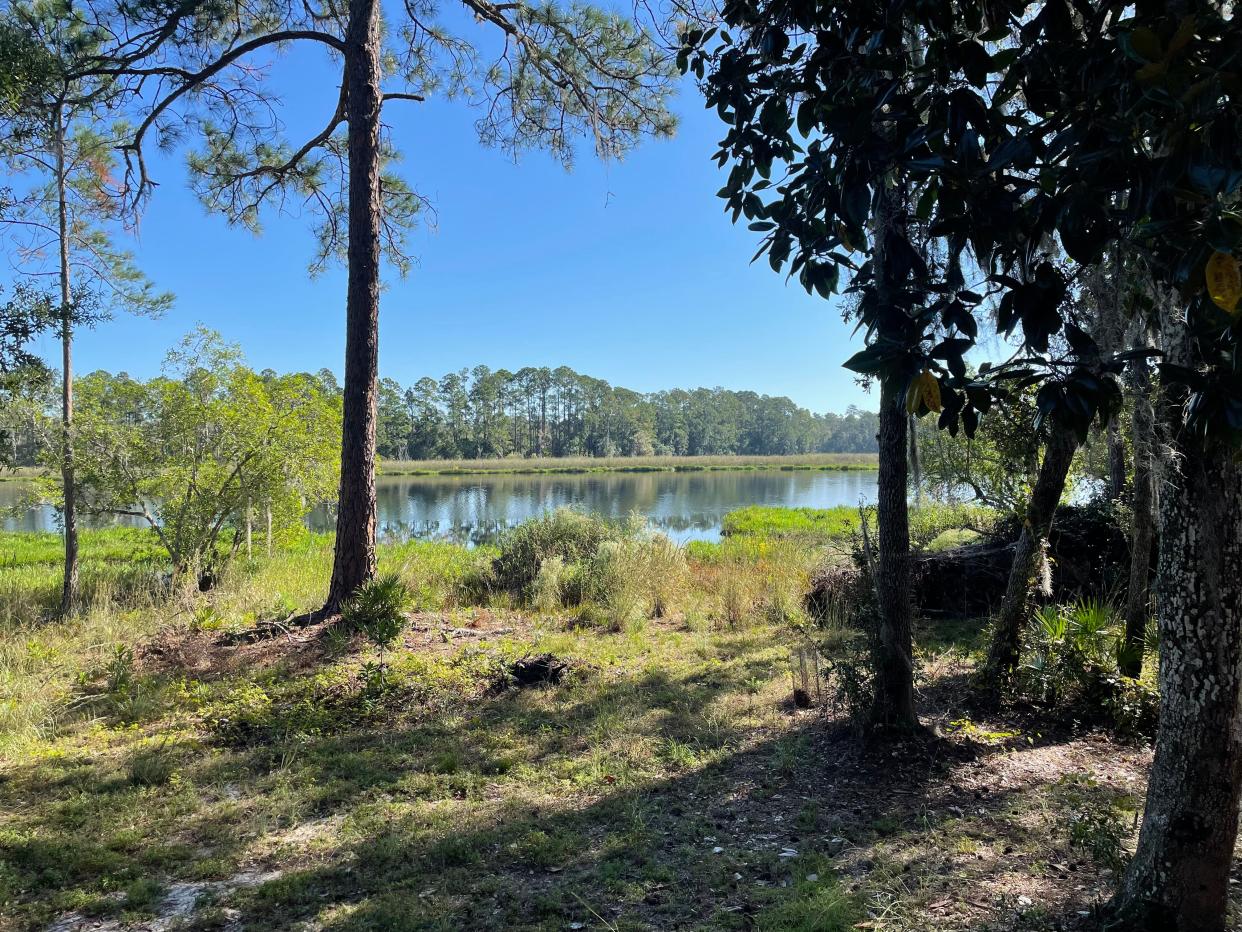Land Trust CEO: Conservation easements an important tool for preserving land in Florida

Some opinion columnists have recently written about conservation easements in a less flattering light. As president and CEO of the North Florida Land Trust, I am delighted to respond and try to set the record straight.
Our mission is to protect and preserve the irreplaceable landscape that surrounds us, and conservation easements are one tool in our kit. Many old Florida landowners aren’t flush with cash — they are often torn between the struggle to survive and the desire to save the land that has (sometimes) been in their family for generations.
When developers come calling, the price for the land can be very enticing. Conservation easements allow us and other land trusts and government agencies a way to offer landowners some financial relief while protecting the land.
Conservation easements are legally binding agreements between a land trust or government agency that permanently limits uses of the land to protect its conservation values, as specified in the Internal Revenue Code 170(h). These agreements offer flexibility for landowners in protecting their property with oversight from a trusted partner — and the IRS.
They allow the landowner to retain ownership and continue using the land for things like timber, hunting or farming while pocketing the value of development rights. The landowner can’t build additional structures on the property beyond those reserved in the deed and can’t sell it for development. An easement may apply to all or a portion of the property.
The cost of purchasing all the natural spaces from landowners or large timber and ranching entities would be impossible without the conservation easement tool. We simply don’t have unlimited cash to buy all the remaining green spaces in Florida.
One of the ways we can afford to preserve property is through conservation easements. It is fair to the taxpayers and landowners and has proven popular.
The opinion articles that I mentioned earlier point out a so-called “loophole” in the conservation easement agreement, but I strongly disagree with that language. I will not deny that a conservation easement agreement can be reversed, as can most things if someone wants it to happen. Reversals are rare, however, and not the norm.
Getting rid of this type of tool because of rare instances could be devastating for conservation. It is an alternative for us when a fee simple purchase is not an option.
Sometimes, the property is not for sale at market prices. Hundreds of thousands of acres owned by large timber and ranching entities that are not for sale, or the outright purchase and management of the land would bankrupt the state. Rather than having no protection, a conservation easement protects the property, and the chance of a release from the agreement is rare.
Letters: DeSantis bill signing at Jacksonville charter school not really about education but politics
At North Florida Land Trust, we have approximately 4,000 acres in our portfolio that are protected by conservation easements, and we have helped to save thousands more acres using this very important conservation tool. Our land stewardship team checks up on our holdings annually to ensure the landowners comply with our mutual agreement.
We have never reversed a conservation easement under our management and don’t have any plans to do so in the future. Having a trusted third party, like the North Florida Land Trust, to enforce the conservation purpose is a useful way to protect our state’s natural resources.
Land trusts are historically ferocious guardians of the property rights inherent in a conservation easement. We will always be a tiger in protecting lands entrusted to us, which is summed up in our motto: In Land We Trust.

Allison DeFoor is president and CEO of North Florida Land Trust, having previously served as Everglades “czar” for the state under Gov. Jeb Bush. His family has been in Florida for nine generations — since it belonged to Spain.
This guest column is the opinion of the author and does not necessarily represent the views of the Times-Union. We welcome a diversity of opinions.
This article originally appeared on Florida Times-Union: In Florida, landowners, developers all win with conservation easements

